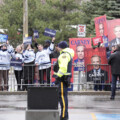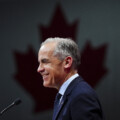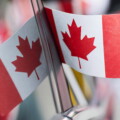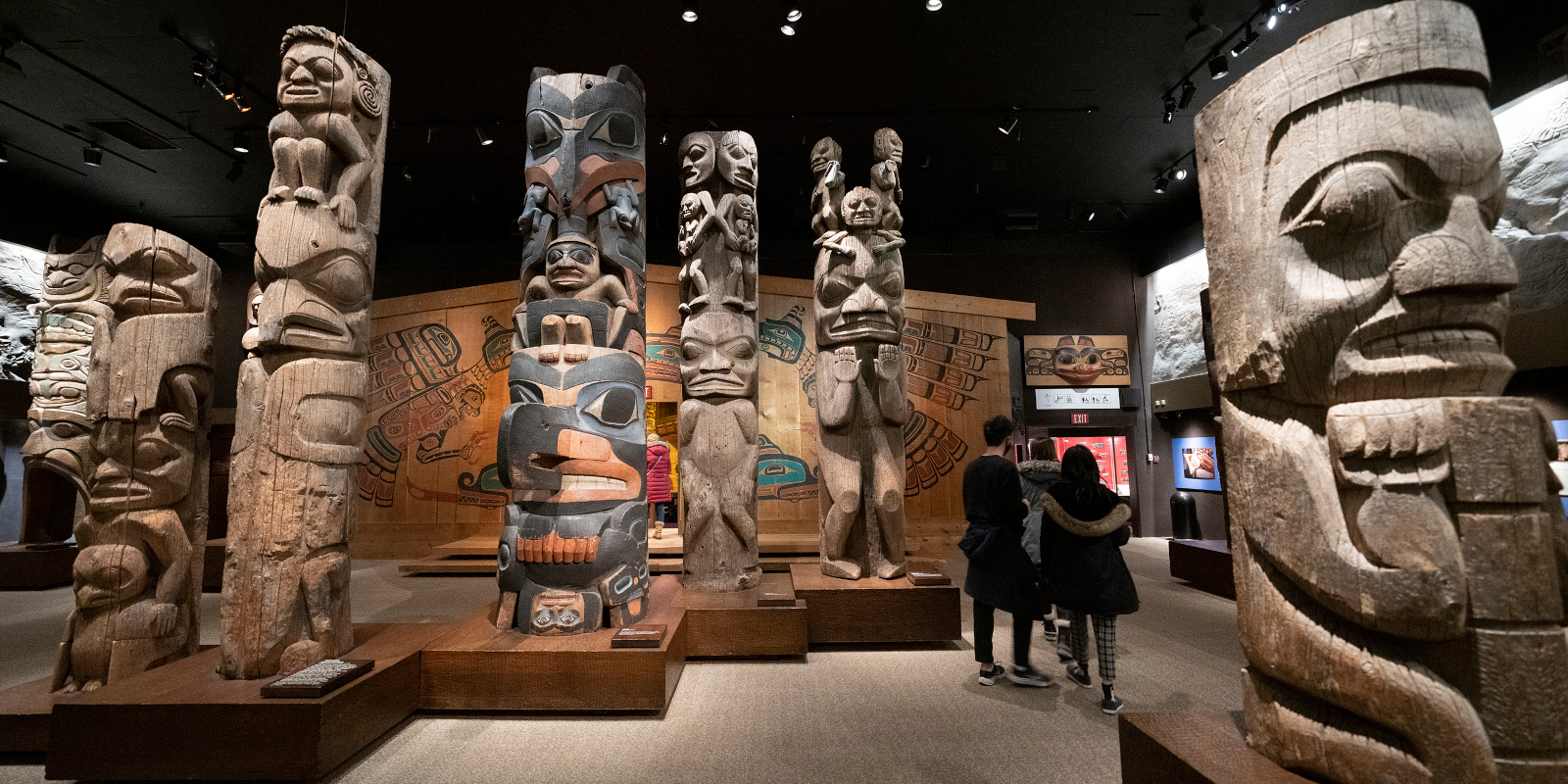The Royal British Columbia Museum made a lot of people very angry in November 2021. In the name of decolonization, the Victoria museum announced its most popular exhibits were to be closed and stripped. It led to so much backlash that a planned demolishing and rebuilding of the whole museum was suspended, leaving the RBCM gutted while the public guessed what came next.
Museums are changing across the world, and at least two in Canada, the RBCM and the National Gallery in Ottawa, have subjected themselves to public relations disasters in the process. Decolonization, indigenization, and inclusivity are the most popularly cited reasons for the changes to these institutions.
Under the leadership of CEO Alicia Dubois, appointed in February of 2022, the RBCM has embarked on an extensive consultation process with the public in 2023 about the museum’s future, including conversations with both Indigenous and non-Indigenous communities.
As one of the largest and most important museums in western Canada, 800,000 visitors visit the RBCM annually, and it creates an economic impact of roughly $50 million. By comparison, the Royal Ontario Museum brought in 1.34 million visitors in 2019, while Calgary’s Royal Tyrrell Museum attracted 450,000 visitors in 2018.
The unclear nature of the previous developments under a different CEO that led to the cancelled rebuild is not lost on Dubois.
“Transparency is something that I value, and I suspect that British Columbians have an expectation of transparency when it comes to investment of taxpayer dollars,” says Dubois. “I have a lot of respect for that…we are now engaging in a process and we’re at a transition stage that is going to take a lot of trust.”
Ottawa’s National Gallery has faced a similar transition that has also engendered a loss of public trust.
In the last few years, the National Gallery has made several bad headlines. First, it cancelled travelling exhibits due to ethical objections about how the collections were first gathered together. Then came controversy over its self-celebrated indigenization program. The National Gallery fired its lead Indigenous curator, who in turn accused the administration of colonial offences during its decolonization process.
The National Gallery’s confusing decisions led it to be labelled a “woke national disgrace” in the National Post, and many questions about its future remain.
“They’re saying we have to stop doing things in the old way, but they don’t say which things they’re going to leave behind and what they’re going to replace them with,” a former curator of the National Gallery told the Globe & Mail. “We know what you’re destroying, but what are you building?”
Back in Victoria, the RBCM has undergone several rounds of public consultations in January to answer the same question.
When the RBCM’s administration made its first declaration that the museum’s third-floor exhibits were closing in November 2021, it spelled the end of an immaculate recreation of the 19th century in the name of decolonization.
Called “Old Town”, the exhibit featured full-sized storefronts and multi-story buildings that visitors could enter and explore, as well as cobblestone streets and a working mini-theatre.
Despite its popularity and craftsmanship, a recreation of what Victoria or Nanaimo neighbourhood looked like in 1901, sans the people, was too Eurocentric to exist in 2021. Or at least that was how the RBCM initially conveyed it.
Communication by the RBCM was muddied from the start, with then-acting CEO Daniel Muzyka, a business professor in Vancouver, stating the third floor’s galleries would be “decanted”. Decanting is a term used by sommeliers, finance executives, and museum staff with slightly different meanings that revolve around filtering out unwanted items.
The reasons given for the “decanting” were that the exhibit did not properly display the diversity of BC’s population prior to WWI.
While decanting might have been a gentler term than dismantling, most people associate decanting with merlots instead of museums, leading to confusion. The public was left with the impression a sledgehammer was being taken to the RBCM’s most popular exhibits.
A few months later, it was announced by the BC government that the whole museum was to be demolished and rebuilt at a cost of $789 million. The RBCM is a Crown corporation, and big decisions like a rebuild are ultimately up to the province.
Outrage from BC residents about the unanticipated “decanting” and sudden wholesale demolishing notice swiftly spread across Canada. Criticism was levelled in publications like Victoria’s Times Colonist, the Vancouver Sun, Daily Hive, National Post, and the Globe & Mail.
Combined with dreadful polling on whether almost $1 billion in taxpayer dollars should be spent to rebuild the museum, the BC government backed down from its decision. However, the third floor had already been stripped, leaving just half the museum’s gallery space intact, and even less public trust.
On the second floor is a vast space for travelling exhibitions and the Natural History Gallery. Containing fossilized mollusks and furry, life-sized models of local wildlife, the Natural History Gallery was judged innocent of colonialism and left alone. The first floor of the gutted museum has no exhibits and is home to ticketing, a cafe, and two gift shops.
Prior to cancelling the museum’s rebuild, the BC government’s language surrounding the changes pivoted from initially declaring it a decolonial move to framing it as a technical decision spurred on by asbestos and threats from possible earthquakes.
Natural disasters have devastated museums in countries like Brazil, where the National Museum burned down in 2018, losing over 90 percent of the 20 million items held in the museum and archives.
With the controversy subsiding and public engagement on the museum’s future beginning, both safety and cultural concerns factor into Dubois’ decision-making. But there will be no repeat of the botched process that began in 2021, she assures.
“I don’t know how long the process is going to be because we’re moving, as they say, at the pace of trust,” says Dubois. “We will respond accordingly with respect to our engagement plans because at this point it’s very, very important that we get it right.”
On Thursday of last week in a backroom of the RBCM, Dubois fielded questions from a room full of locals regarding the museum’s future. Dubois emphasized the need for repatriating Indigenous objects previously on display or held in the vast provincial archives located on the museum’s site.
Repatriation is not an uncommon trend. A German museum recently returned Nigerian artifacts to their place of origin, and the British Museum is in talks with the Greek government to return the Elgin Marbles from London.
One example of repatriation driven by the RBCM’s consultation that was mentioned by Dubois was the return of one First Nation’s whistles, which were returned so that they could be played together for the first time in 100 years.
“A lot of the belongings that I have seen go home, are going home to be used for the cultural reason, the purposes that they were created to begin with,” says Dubois. “That’s perfect because at the end of the day, we recognize that for some communities we’re holding the remnants of cultural history for them, and that means connection to their history and ancestors and culture.”
Prior to its closure, the First Peoples Gallery sat next to Old Town on the third floor. Unlike its neighbour, the First Peoples Gallery was a more typical museum exhibit. Located within it were hundreds of Indigenous items like carved masks, painted animal-hide drums, and totem poles in long rows of dreary glass cases, as well as a great hall filled with totem poles.
Any mention of residential schools and epidemics that wiped out 90 percent of North America’s Indigenous population was relegated to a small section at the end of the gallery.
The First People’s Gallery also displayed an outfit made up of items from several separate First Nations thrown together. It was the equivalent of dressing a mannequin in German overalls, Italian shoes, and a Serbian hat while marketing it to visitors as a recreation of a 19th-century Swedish fisherman.
Dubois also mentioned the RBCM aimed to make First Nations the authority on exhibits about their communities, rather than the museum, which Dubois said should assume the role of facilitator.

At the Thursday consultation, nearly all questions lobbed at Dubois concerned the future of the Old Town exhibit, with little mention by attendees of the First Peoples Gallery, despite Dubois speaking extensively about the museum’s Indigenous collection.
The confusing process surrounding the RBCM’s planned “decanting”, announced in 2021 before Dubois became CEO, was reflected in the questions asked. One irate attendee demanded to know why the third floor could not be reopened while consultations continued. Dubois explained that the contents of the floor had been removed and stored prior to the rebuild’s cancellation, leaving the museum with few options.
Despite the impression that Old Town had been sledgehammered, it turned out it had in fact been actually taken apart carefully for storage.
Dubois enjoyed a successful career in banking and law prior to becoming CEO of the RBCM, having served on the Royal Ontario Museum’s board of trustees. She says she doesn’t feel the same affection for Old Town that local Victorians have, which attendees made abundantly clear during the consultation session.
“Many individuals grew up coming to the museum and seeing Old Town transform with different seasons, et cetera, and the Christmas events and stuff like that, and having it decorated,” says Dubois. “They have a tie to it that I just simply don’t, and so I try very hard to be understanding.”
With the rebuild cancelled and a brand-new museum in doubt, one of Dubois’ biggest goals is learning from communities across BC so the RBCM can be a better partner in the future.
“I have no idea what the outcome is going to be, and frankly, I didn’t take the job for a new building. I took the job because museums are going through a very important transformation,” says Dubois.
In an interview on Friday with Glacier Media, Dubois said Old Town and the First Peoples Gallery will reopen, but only when all of BC’s communities are properly represented. That will only happen when the consultation process, which will include a tour of the province by the museum administration, concludes.
Dubois says that while it is important to change the narratives and conversations about Indigenous people at the RBCM, it should be done “as a family.” Additionally, Dubois says people often view changes to institutions like the RBCM through the wrong lens.
“I think the biggest challenge is that a lot of people view [it as] a zero-sum game and don’t understand that the success of our communities and the success of our country…and true wellness is going to be dependent on us getting this relationship right,” says Dubois. “It’s going to be dependent on building connections and not just improving the narrative for the sake of improving the narrative but from a genuine and relationship-building perspective and understanding of one another.”
Coming off a pandemic that dealt museums huge financial losses around the world, the timing could not be worse for museums to alienate their visitor base.
If decolonization thus far has consisted of statue-toppling and divisive street renaming, all features of a toxic culture war, then the RBCM could be taking it in a totally different direction.
Recommended for You

Tim Cook: On the 80th anniversary of VE Day, Canadians are remembered as liberators

Eric Kaufmann: The Americanization of Canadian politics

John Ibbitson: The Laurentian elite strikes back

‘It’s younger Canadians that are suffering’: Paul Kershaw on why Canada needs a new deal for young people




